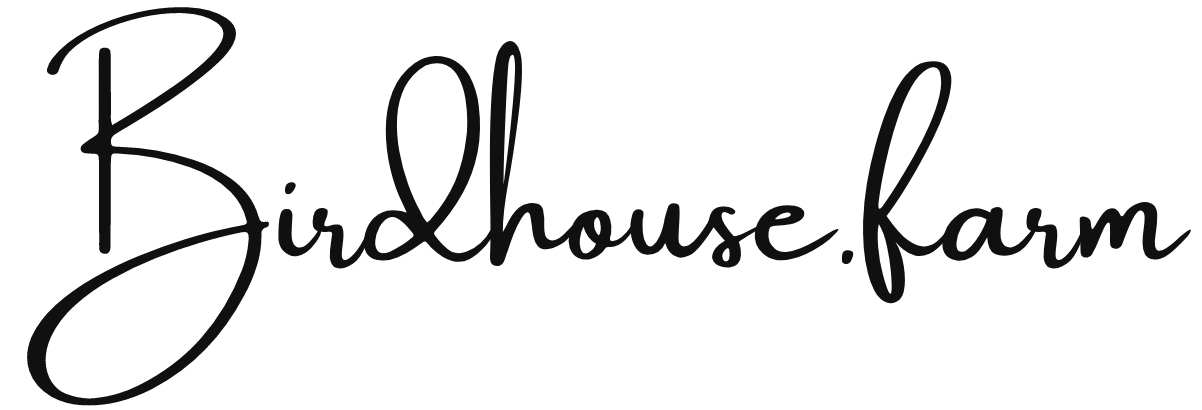Supporting Wildlife and Insects in Your Kansas Garden Over Winter
As winter approaches, gardeners in Kansas might be tempted to clear out their gardens, removing dead plants and debris. However, leaving certain plants and plant parts in place can provide critical habitat and resources for wildlife and insects. This practice not only helps sustain local biodiversity but also enhances the ecological balance of your garden. Here are some plants and plant structures you should consider keeping over the winter.
1. Perennials and Grasses
Native Perennials: Perennial plants like coneflowers, black-eyed Susans, and asters are more than just summer blooms; they serve as valuable food and shelter sources during winter. The seeds from these plants provide nourishment for birds, while the sturdy stems and foliage offer nesting sites for overwintering insects. By leaving these plants standing, you create a habitat for a variety of beneficial insects, including pollinators and natural pest controllers.
Grasses: Native ornamental grasses such as switchgrass, little bluestem, and big bluestem are another great addition to a winter garden. These grasses produce seeds that feed birds and provide cover for small mammals and insects. The clumping nature of these grasses offers additional nesting materials and shelter, which are especially important during cold weather.
2. Seed-Bearing Plants
Sunflowers: Leaving sunflower stalks and heads in place through the winter can be a lifesaver for birds like finches and sparrows, which rely on the seeds as a food source. Sunflowers are not only aesthetically pleasing but also functional, as their large heads can hold plenty of seeds that persist into the colder months.
Coneflowers and Rudbeckia: Similar to sunflowers, coneflowers and Rudbeckia plants (commonly known as black-eyed Susans) produce seed heads that are a crucial food source for birds. These plants also provide winter shelter for insects, offering protection from the elements and predators.
3. Flowering Annuals and Herbs
Zinnias and Marigolds: While typically grown for their vibrant summer blooms, annuals like zinnias and marigolds can also provide seeds for birds if left standing. These plants can contribute to the garden's winter landscape, adding structure and color while serving as a food source.
Herbs: Herbs such as dill, fennel, and parsley are not just culinary delights but also important for wildlife. Many butterflies, including swallowtails, use these herbs as host plants for their larvae. By leaving these herbs in the garden, you support the life cycles of these beneficial insects and help ensure their populations remain healthy.
4. Woody Plants and Shrubs
Native Shrubs: Shrubs like sumac, serviceberry, and viburnum are excellent for wildlife support. These plants produce berries that are a valuable winter food source for birds. Additionally, their branches and leaves provide much-needed shelter during cold and harsh weather conditions.
Brush Piles: Instead of disposing of fallen branches, consider creating a brush pile. These piles offer a safe habitat for insects, small mammals, and other wildlife. They serve as shelter from predators and the elements, helping various species survive the winter.
5. Leaf Litter and Ground Cover
Leaves and Mulch: Instead of meticulously clearing fallen leaves, leave some in place as they provide essential habitat for insects, spiders, and other small creatures. Leaf litter is also an excellent natural mulch, which helps protect the soil, retains moisture, and adds nutrients as it decomposes.
By maintaining these plant structures and materials in your garden over the winter, you support a diverse range of wildlife. These plants offer essential food, shelter, and breeding sites, playing a crucial role in sustaining local biodiversity and maintaining ecological balance. So, consider leaving your garden a bit wild this winter, and enjoy the benefits of a more vibrant and thriving ecosystem in the spring.





